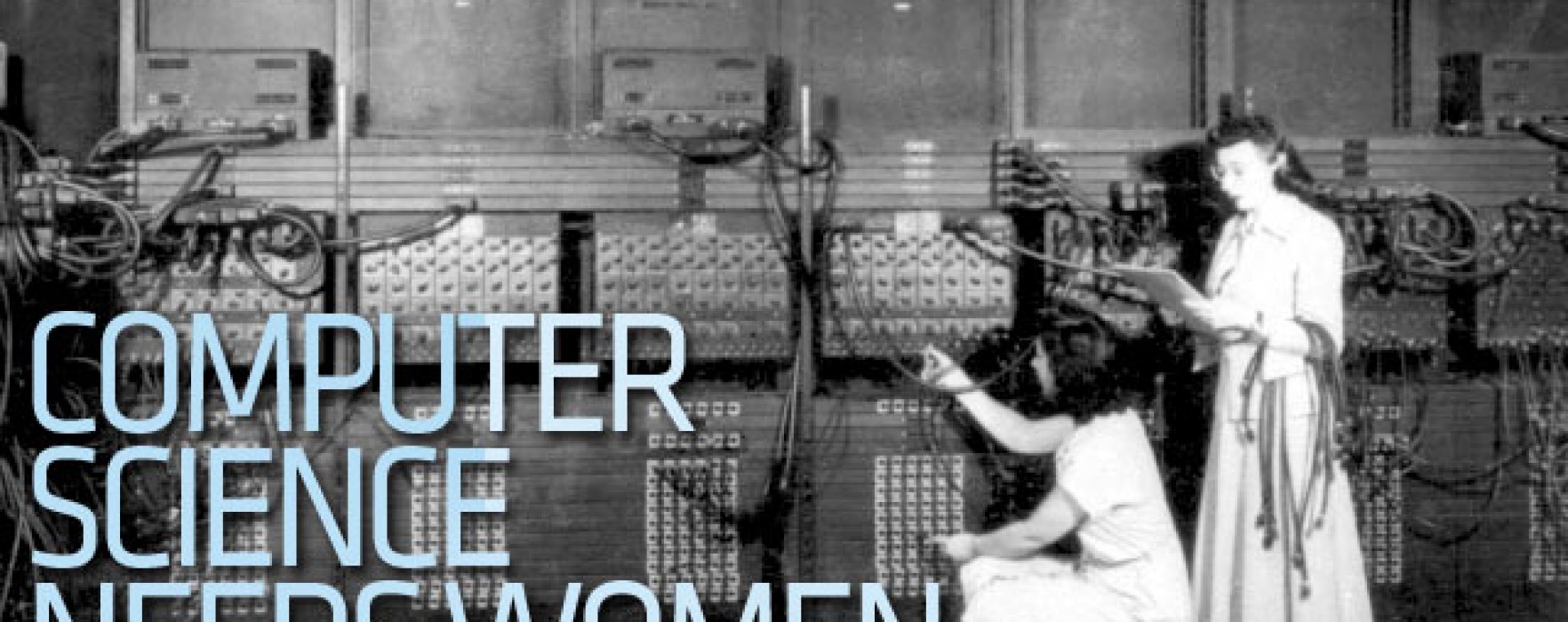‘Most cancers are caused by bad luck’; the title that has featured in headlines recently. Many news articles have claimed that the risk of getting cancer is due more to random mutations or ‘bad luck’ than environmental factors and inherited genetics combined.
Since researchers at the Johns Hopkins School of Medicine published the study on 2nd January, it continues to be followed by a back-lash of criticism; however, there is some truth in their claims.
Yet, before you give up on those New Year’s resolutions, I have news for you: smoking, drinking, sun bathing and all those other factors we’re all told are bad for us, unfortunately still are.
Here, I aim to set the record straight on how much cancer is down to just ‘bad luck’ by exploring the basic question: what is cancer.
Cancer is a disease of our own cells. Normally, when our cells become old or damaged they die and are replaced by new, identical cells.
For example, when we damage our skin through a cut or abrasion, new cells must divide to replace those we have lost.
In the same way, cells that line our small intestine are continually shed and replaced by fresh ones.
The cells that supply these fresh new cells are stem cells.
Stem cells lie within a tissue and can divide and self-renew indefinitely to regenerate dead cells.
Normally this process of division is under tight control.
However, cancer occurs when our own cells, often our stem cells, divide uncontrollably to produce cells that the body does not need, forming a mass of tissue called a tumour.
Cells from this tumour often spread to other parts of the body where they cause damage and eventually death to other tissues and organs.
You might be thinking: what causes cells to start dividing uncontrollably in the first place? The answer lies within mutations. Mutations are changes to a cells genes or DNA. Some genes act as the brakes on cell division i.e. they tell cells to stop dividing.
Others act as accelerators, giving cells a ‘go’ signal to start dividing. Cancer is caused by mutations in either of these two types of genes which either keeps the gas on the accelerator or takes the foot of the brakes, leading to cells dividing without control.
Now you might be asking: what causes mutations? Mutations occur naturally when our cells divide and copy their DNA.
Mistakes are made randomly during this process and sometimes are not repaired.
This is why the incidence of cancer increases with age: because the tissues of older people have undergone many more cell divisions than younger people.
However, mutations are also caused by exposure to environmental factor such as tobacco, UV light and certain chemicals.
Additionally, some people are born with certain mutations that they have inherited from their parents.
The scientists from Johns Hopkins University did a study whereby they looked at 31 different types of cancer.
What they found was a correlation between the number of stem cell divisions that take place in a tissue and the risk of developing cancer in that tissue.
The researchers found this to be the case for 65% of the cancers tested, leading them to conclude that ‘two-thirds of the difference in cancer risk among tissues is down to cell division errors or bad luck’.
Herein lays the criticism. The paper does not look at what determines why some people get cancer and others don’t, just why some types are common and others are rare.
This idea is not new. Mutations occur naturally when our cells divide, therefore the more divisions a tissue undergoes the more likely cancer is to arise.
In fact, the 65% figure is actually not a bad approximation.
It has been accepted for quite a few years now that between one third and half of all cancers have environmental causes.
Still, it’s not time to throw caution to the wind just yet. Between one-third and half is not a negligible figure.
Smoking and diet amongst other things do substantially affect your risk of developing cancer.
Therefore, although this study does present many limitations, for example, the researchers did not include two of the most common types of cancer, breast and prostate in their model, misinterpretation of the science and the common belief that lifestyle factors cause a higher proportion of cancers, seems to be the source of most of the recent controversy.
The next step is to try and reduce exposures for those cancers known to have a large environmental influence as well as developing better targeted therapies.
Cancer death rates have fallen 22% since 1991, a sign that we are making progress. A better understanding of the contribution of random cell processes and stem cell biology to cancer development could potentially help us do even better.
Sophie Robinson



